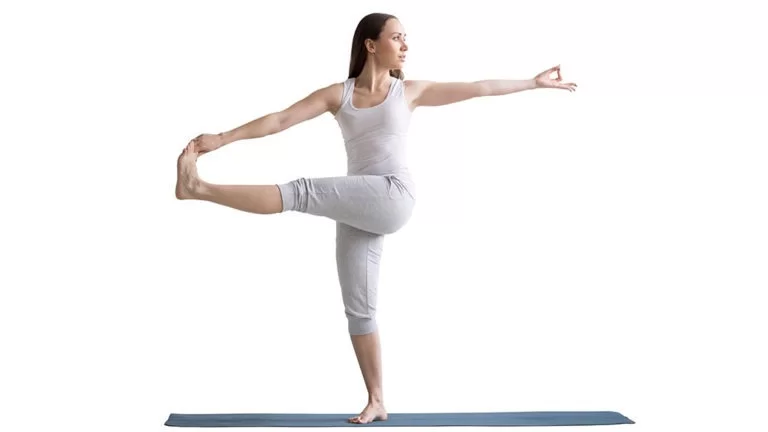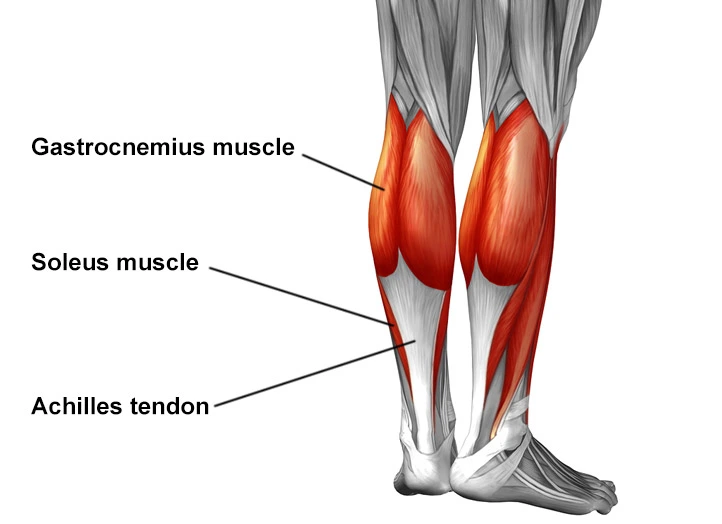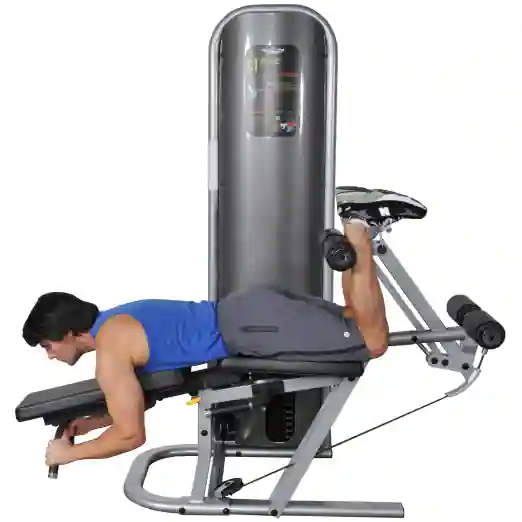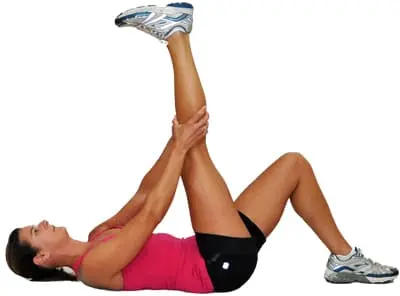Crab walk exercise: Muscle worked, Health Benefits, How to do?
What is the Crab Walk exercise?
The crab walk is an excellent exercise that will work out your whole body and it is one you will remember doing while in elementary school. It does not require any type of equipment to perform and it is an exercise that you can do at any place. You are supposed to balance your own body weight on your hands and legs and leave your hips out of it. this exercise uses your own body weight for resistance. this is also a home-based workout exercise.
The effort needed to hold your body-weight requires not only strength but also results in a cardio workout that burns calories and improves fitness. perfectly doing crab walk will help you to burn fat and tone your back, arms, shoulders, core, legs, and hamstring muscles. Crab walking is done in a unique position that helps in burning calories, increasing flexibility, and toning your body and muscles.
Which muscles does the crab walk?
Deltoids – There are three deltoids in our shoulder joint anterior, medial, posterior. In crab walk main work of posterior and lateral deltoid.
Trapezius and rhomboids – The trapezius or traps for short is the large diamond-shaped muscle located in your upper back. Shoulder retraction is achieved in conjunction with the rhomboids, which are located between the shoulder blades and beneath the traps.
Latissimus dorsi – The lats are the largest muscle which is located in your back. The harder you push your arms backside, the more work your latissimus dorsi must do.
Core – This involves the rectus abdominis, erector spinae, obliques, and transverse abdominis. These muscles help to support and stabilize your lower spine.
Gluteus maximus – This muscle is the largest muscle in the human body. It is one of your main hip extensor groups of muscle and has a lot of work to do during crab walks.
Hamstrings – This muscle is located in the posterior region of your thigh, the hamstrings action is flexion of your knee and extension of your hips. Crab walking has forward increased hamstring contraction, as these muscles are required to pull you along.
Quadriceps muscle– This is also known as the quads, the quadriceps action is an extension of your knee joint and also flexion of your hip. this muscle is located on the anterior of your thigh, crab walking backward increases quadriceps contraction as you will use these muscles to push you along.
Here, some benefits explain by doing crab walking
- Helps to provide an unrivaled full-body workout
- Helps to promote joint strength
- Helps to maintain good posture.
- Helps to improve balance.
- Helps to improve coordination.
- Helps to maintain core stability strength and power.
- Helps to improve your proprioception (body awareness) by requiring you to focus on your posture, coordination, and balance.
- Helps to Tone your body
- Aids in burning calories effectively.
- Helps to Strengthen Your Upper Body
- Helps to Gets Your Heart Rate increase
- In the crab walk, you have to move constantly and quickly, supporting your body weight during this exercise on hands and foot, crab walk increases your metabolism and gets your heart rate up.
- The best exercise for runners and sportsmen.
How To Do Crab Walk?
The crab walk is a very simple exercise to perform, and you can make adjustments based on how much space is available to you .you have to work with to move around the space, but it is helpful if you have at least 10 feet of available space to crawl forward and backward.
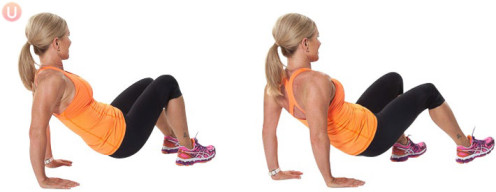
- For this exercise, you have to sit on the ground with your foot hip-width apart in front of you and your hands behind your back with your finger facing the hip joint. raise your buttocks off the ground and tighten your abdominals.
- Then start walking forward side by moving your right hand followed by your left foot ,and then your left hand followed by your right foot, walk for 5 to 6 steps as space available, then walk backward side in the same manner opposite hand and opposite leg.
- You have to continue moving for 20 to 60 seconds.
There have been some variations of the crab walk exercise
Resistance band crab walk
How to do it?
- For this exercise, you have to Stand with your foot near each other, tilt your upper limb slightly forward, flex your knees a little bit, and place a resistance band over your thighs.then Take a lateral side step with one leg while keeping the other leg on the floor.
- At the widest, your foot will be at about shoulder-width apart. Keep your trunk straight and your knees pointing outward throughout the exercise.
- Step lateral with your other leg towards the leg that just moved so that you are back in the position from step 1 but at a different spot.
- Do a few steps like this in the same direction.
- Move back in the opposite direction until you are back to the starting position.
- Do this for 40 to 70 seconds.
Crab kick
How to do it?
- This variation of crab walk can be done in one place, making it a handy core-crunching alternative to the crab walk when scuttling space is limited.
- For this you have to take crab walk position, hip raised and your weight is supported on hand and foot, then alternatively kick your legs as high you can do, try to straighten your leg when you kick forward side, the person with less flexibility might find they have to flex their knees.
- Do this for 40 to 70 seconds.
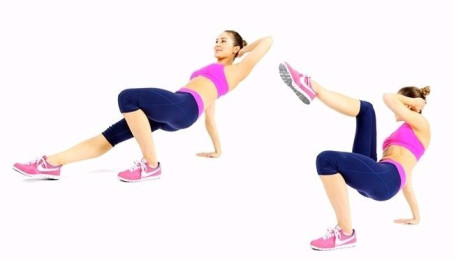
Crab crunch
How to do it?
- If you are tired from walking and kicking crab, you may like to do this variation by doing the crab crunch.
- This variation really helps to stretches the limits of what you could imagine a crab actually doing, but it is a great workout for your core muscles.
- For this exercise, you have to take a crab position then bring your right elbow towards your left knee move your elbow towards your tummy and same time move your knee towards your tummy.do this on another side in the same manner.
- This is the best exercise for improving strength and balance.
- There has a chance you are falling when doing this exercise, for preventing the injury you should use softer met over the floor.
- Do this for 40 to 70 seconds.
Dancing crab
You have walked, you have kicked and you have crunched, which means there is only one thing left to do this is a dance. This is the toughest variation of all the crab-based exercises and hits muscles of the whole body, with your core, hamstrings, glutes, and shoulders working more for this variation of crab walk. this is also known as a Crab cross-over-toe touch.
How to do it?
- Once again you have to start with the crab position, which should be quite easy for you by now.
- Then Lift your right leg straight up towards the ceiling and touches your toes with your left hand.
- Then come back to the same crab position and repeat with the opposite side hand and toes.
- Supporting your body on just two limbs while doing this exercise, is really challenging, so you definitely find a soft surface to prevent falls on when you lose your balance.
- Do this for 40 to 70 seconds.
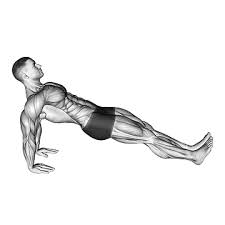
Reverse high plank
Where crab walks are a dynamic exercise that involves more movement, the reverse high plank is a static exercise. However, despite the stationary movement of this exercise, it still manages to work most of the same muscles as crab walk.
How to do it?
- For doing this exercise, you will need enough space to fully extend your body.
- You have to sit over the met. use met for prevention from fall over the surface.
- To start this exercise sit on the ground with your legs extended in front of your body.
- Put your palms (with fingers spread wide) on the ground, slightly behind and outside to your buttocks.
- Then you have to press into your palms and lift your hips and trunk toward the ceiling.
- Look upward to the ceiling during this movement.
- Point your toes towards the ceiling and keep your arms and legs straight.
- You have to form a straight line in your body from your head to heels.
- Contract your core muscle and pull your tummy button back toward your spine.
- Hold this position for 30 to 40 seconds.
- Then slowly Lower your buttocks and trunk back to the ground, return to the initial position.
- Do this for 30 to 40 repetitions with 10 seconds rest in between 20 repetitions.
Bear Crawl
A Bear Crawl is a body weight mobility exercise that more uses your strength in the shoulders, quadriceps, and abdominal muscles. this requires you to bear the weight on your hands and toes rather than your knees A bear crawl is an excellent exercise for core muscle control and more focus on breathing. this is a great workout for improving balance. crab walk is a posterior chain exercise where a bear crawl is more focused in front of your body, especially on your abdominals.
How to do it?
- This variation is very much opposite to the crab walk exercise, for this exercise you have to kneel down on all four limbs, so your arms vertical and you are thighs are parallel to the ground.
- Raise your knees a few inches off the ground. contract your abdominals, without lifting your buttocks much higher than your shoulders, then walk forward in a quadruped position.
- You also walk in the side-ward and backward direction.
- Do this for 40 to 70 seconds.
Duck walk
Duck walks do not work on your upper body like crab walks, this is another unusual way to train and challenge your legs. Take care, when doing this exercise, as this exercise can be hard on your knee joints.
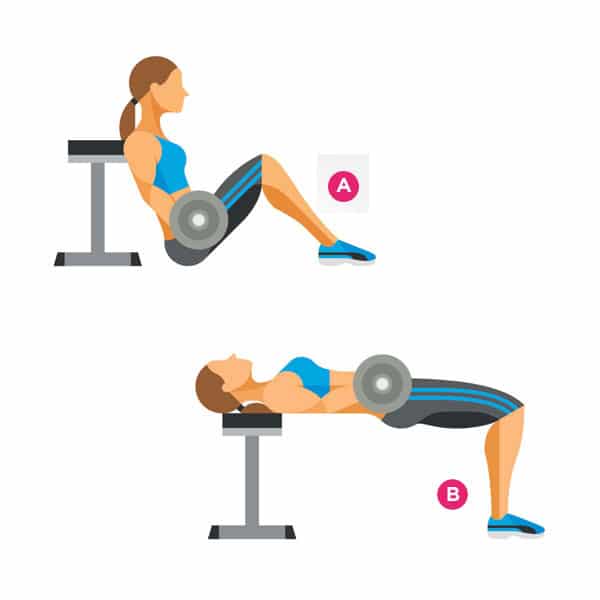
How to do it?
- For this exercise, you have to take a deep squat with feet shoulder-width apart. without coming up back, shift your weight over to one leg and take a small step forward side with another foot.
- Continue walking forward as many steps as possible for you.
- You can also do this exercise by walking backward.
- Do this for 40 to 70 seconds.
Barbell hip thrust
How to do it?
- For this exercise, you have to sit on the ground with a bench behind you, flex your knees so your foot is placed on the floor, and hold a barbell resting above your hips.
- If you have a padded bar or anything in between the bar and your body, it will help you to more comfort for doing this variation.
- Put your head on the bench. then you have to raise your trunk with a barbell like a bridge position.
- Hold for a couple of seconds. then slowly lower it down.
- Then go for another repetition.
- Do this for 30 to 40 repetitions.
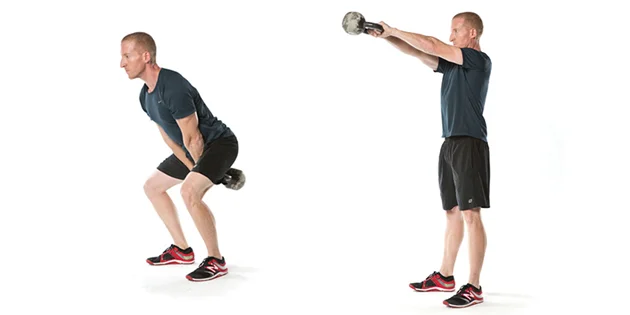
Kettlebell swing
How to do it?
- Swings are also an excellent total-body workout exercise.Hold a kettlebell in your hands in front of your hips and stand with your foot shoulder-width apart. contract your abdominals and pull your shoulders down and backward.
- Slightly flexed your knees, hinge from your hips, and lower the weight down to between your knees.
- Do not arch your back.
- move your hips forward and use this momentum to swing the kettlebell up to shoulder height.
- Your arms should be straight.
- Swing the weight back down to the initial position and do again in this same manner.
- Do this for 30 to 40 repetitions.
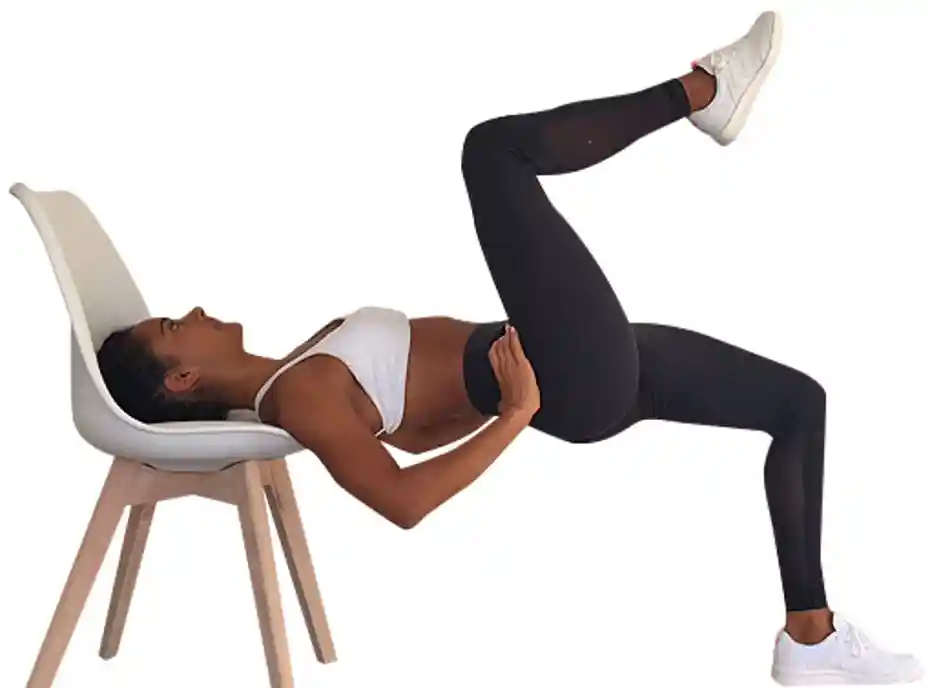
Glute march
How to do it?
- For this variation, you have to Sit on the ground with your back against a stable exercise bench or chair.
- Lift your hips, so your body is parallel to the floor with your shins vertical. engage your abs and tighten your glutes.
- Raising and lowering your legs alternately, march on the spot without dropping your buttocks to the ground.
- If you want to challenge this exercise harder then hold a weight on your hips.
- Do this for 30 to 40 repetitions.
There have some Tips To do the Perfect Crab Walk
- Before you start crab walk, here are some quick tips to perfect your crab walk to get more results and prevent injury.
- Be sure to keep your palms on the ground behind your hips, your foot set apart and your abdominal get tightened to keep your torso safe.
- You can also do the crab walk at different speeds to find the perfect challenge for you!
- For a precaution, don’t let your foot get move too fast for your upper extremities so as not to injure your shoulder joint.
when you not to do crab walk?
- If you have suffered from any pain.
- If your limbs are recently injured.
- If you are recently undergone any surgery.
- If you feel pain during crab walking.
- If your doctor advises you to take a rest.

